Sally Magnusson’s The Ninth Child is a winning blend of folklore and historical fiction incorporating real people, places and engineering projects, all brought to the shores of Loch Katrine in 1856, where the boundary between our world and the land of faery is in danger of being disturbed.
Loch Katrine, 1856. Isabel Aird is aghast when her husband is appointed doctor to an extraordinary waterworks being built miles from the city. But Isabel finds unexpected consolations in a place where she can feel the presence of her unborn children.
The hills echo with the gunpowder blasts of hundreds of navvies tunnelling day and night… digging so deep that there are those who worry they are disturbing the land of faery itself. Here, just inside the Highland line, the membrane between the modern world and the ancient unseen places is very thin.
With new life quickening within her again, Isabel can only wait. But a darker presence has also emerged from the gunpowder smoke. And he is waiting too.
There are parts of Scotland where myth and folklore seem to have grown out of the landscape and the tales you hear could easily be true or at least based in reality. Both Loch Katrine and its smaller counterpart Loch Chon are in The Trossachs, where the Highlands meet the Lowlands of Scotland. In this borderland, it’s not hard to imagine that other boundaries—such as those between our world and the faery realm—also exist, and are capable of being crossed.
The story of the first engineering project tasked with provisioning Glasgow (some 30 miles further south) with fresh water might not immediately conjure up any romantic notions, let alone thoughts of the sith or faeries, but this is an area steeped in legend. Glengyle, at the head of the loch, is the birthplace of folk hero Rob Roy McGregor and Loch Katrine provided the inspiration for Sir Walter Scott’s narrative poem The Lady of the Lake.
Sally Magnusson’s young protagonist Isabel Aird brings a copy of The Lady of the Lake with her when she moves to Loch Katrine with her husband, who is to be the project’s doctor. It’s indicative of how ill-prepared she is for this change in environment, together with the shoes and dresses she’s packed, which are wholly unsuitable for the rough terrain and muddy works around her new home of Fairy Knoll.
Isabel’s more resilient than she first appears though and the move proves to be transformative in more ways than one. I enjoyed watching her push against expected norms as she finds some comfort in the landscape and chooses whose company she keeps, while also learning how she might make her way in the world. I felt Isabel’s frustration at how little she was expected to undertake, yet is given no outlet for the unimaginable loss and grief she endures.
Of the other characters, Isabel’s encounter with the strapping navvy’s wife, Kirsty McEchern, enables us to see things from a different perspective with Kirsty’s experience in stark contrast to that of Isabel. And I relished having a character form part of the narrative, who dates from a period some 200 years earlier than that in which the book’s set. Sally Magnusson’s portrayal of Robert Kirke is so very good. His story’s there in every detail of his clothing, from the language he uses to the way in which his moral dilemma is conveyed, and the contrasting effect he has on the two women.
The Ninth Child shows the disparity between men and women through Isabel and her husband. Dr Aird longs for the return of the lively, quick-witted woman he married but refuses to contemplate Isabel finding a meaningful way to employ that same mind and quick wit; instead she bears the toll of child-bearing and tries to occupy herself while motherhood is delayed or denied her. They each have to deal with the grief of losing a child but while her husband has his work to distract him, Isabel has very little. It’s only after moving to Fairy Knoll that she finds some solace.
Sally Magnusson compares and contrasts throughout the novel: there’s the skill and manpower behind the engineering project and the majesty of the area’s natural beauty; fresh water lochs miles from the people who need that water; the living and working conditions of the working class and middle class professionals; a belief in superstitions and folklore by the locals compared to the reliance placed on medicine and science by Dr Aird and the project’s engineers; and there’s the danger of bargains struck in faeryland with what’s considered morally right or wrong in our world.
The Ninth Child is a mesmerising historical novel, with a strong sense of place and fine period detail. There’s more than a hint of supernatural menace about the book and I enjoyed it all the more for that.
The Ninth Child by Sally Magnusson is published by Two Roads Books, an imprint of John Murray Press, part of Hachette. It is available as an audiobook, ebook, in hardback and paperback. You can buy it from Amazon UK or from Hive which supports your local indie bookshop. It is Waterstones Scottish Book of the Month in October 2020.
Sally Magnusson is a broadcaster and writer. For more on her and her books, check out her Author Website or find her on Twitter.
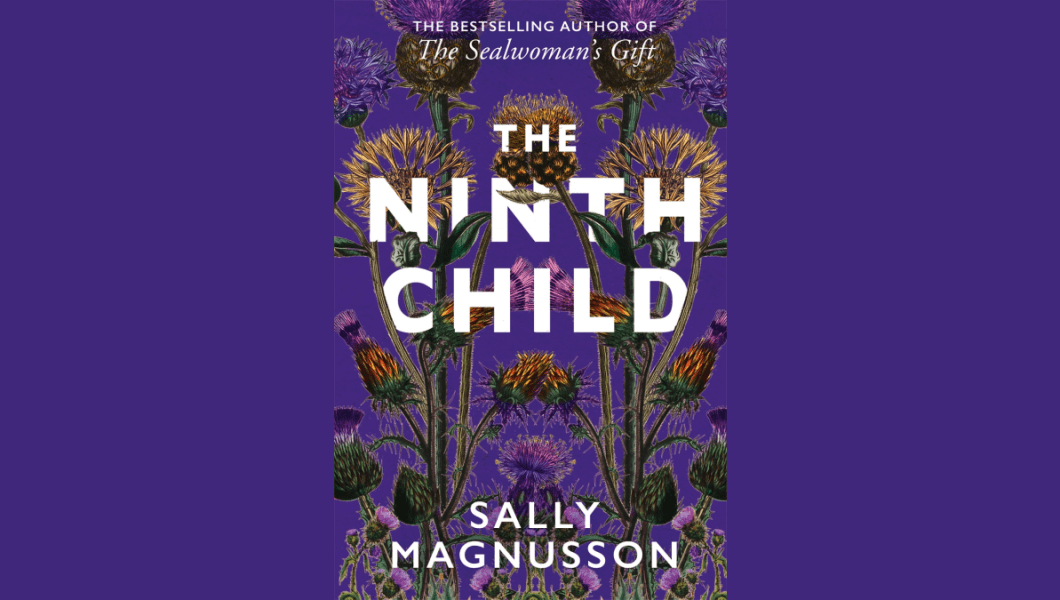
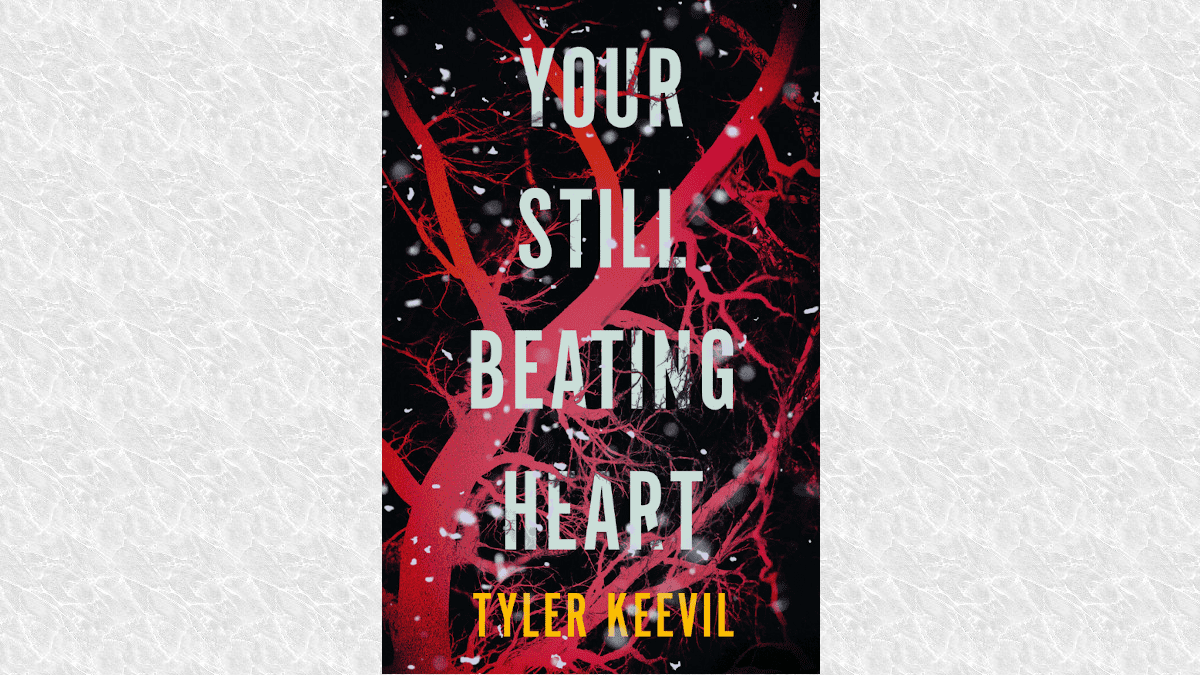
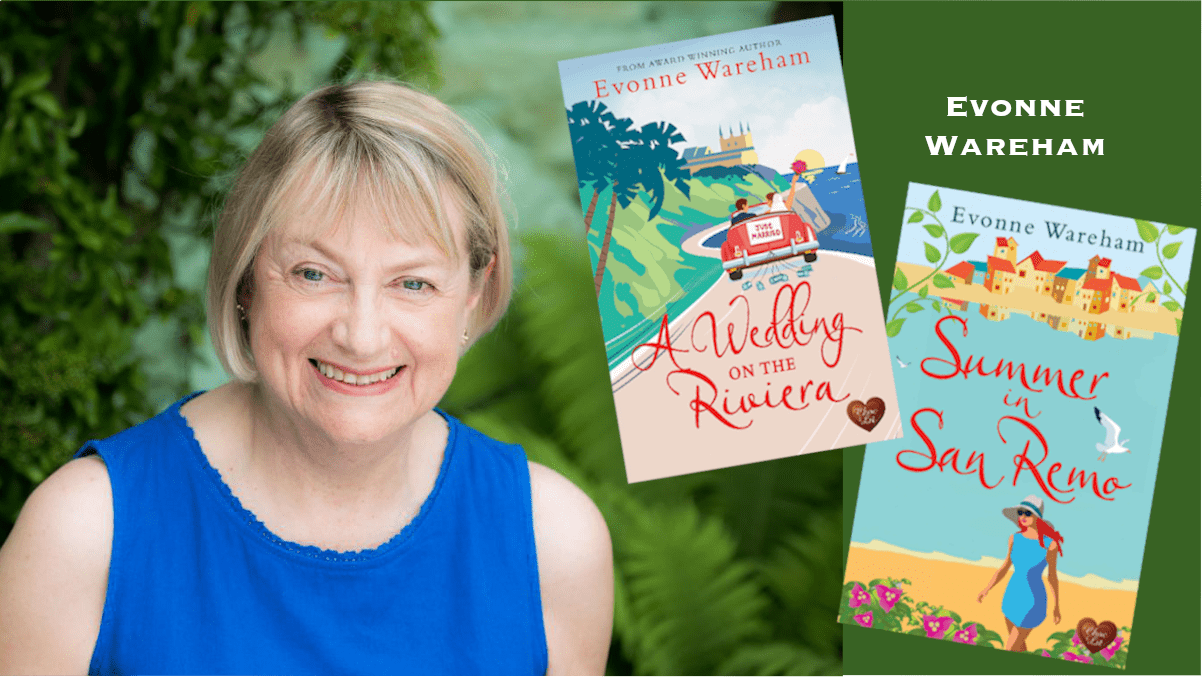

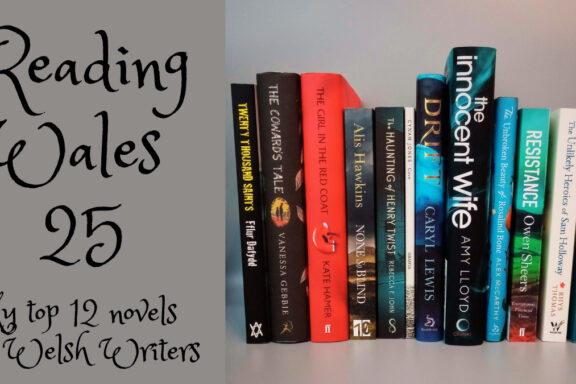
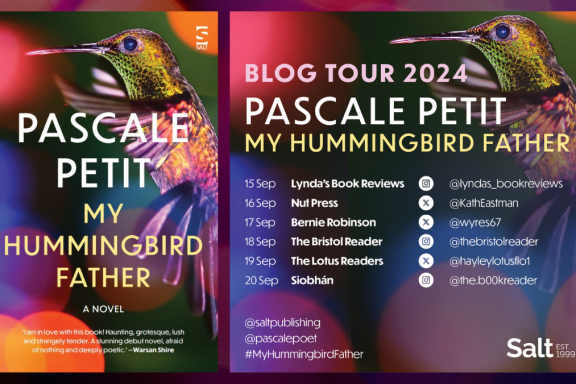
Leave a comment